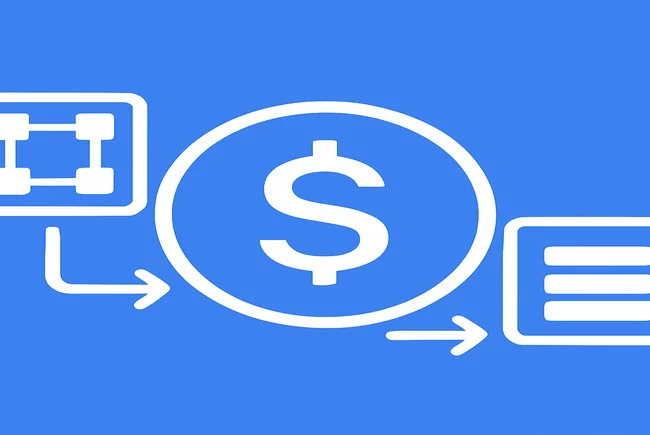Traffic analysis involves examining the flow of data across networks. In the context of cryptocurrencies, this process focuses on monitoring transactions to understand patterns, identify participants, and determine the volume and timing of transactions. By analyzing the metadata surrounding transactions, observers can potentially gain insights into user behavior and financial activities.Filtering, on the other hand, is the practice of prioritizing or restricting certain types of traffic. This can be applied to block or screen specific transactions based on rules or criteria set by users or network administrators. In cryptocurrency, filtering can help improve network efficiency, prevent spam, and enhance security by keeping out malicious activities.Both traffic analysis and filtering play crucial roles in maintaining the integrity and efficiency of blockchain networks. While they can help identify potential threats and optimize performance, they also raise concerns regarding user privacy and the possibility of surveillance. Balancing the benefits of these practices with the need for anonymity remains a key consideration for users and developers alike.
Aave Labs Acquires Stable Finance to Expand Consumer DeFi Products
Aave Labs has acquired Stable Finance, a San Francisco-based fintech company focused on stablecoin savings, in a move to strengthen



